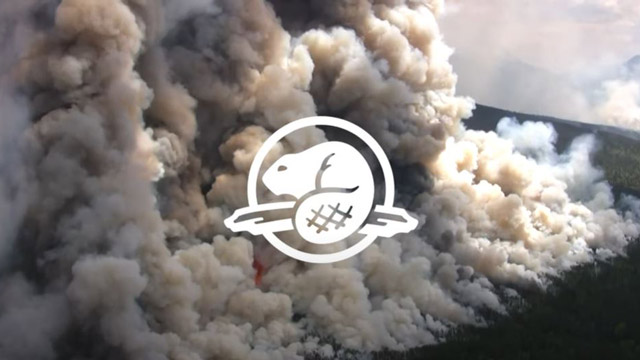
Wildfire management
Parks Canada is committed to reducing the risk of wildfires to communities, visitors, infrastructure, and natural and cultural resources on the lands it manages.
In 2024, Parks Canada saw
93
wildfires
in
18
different parks and sites
representing
108,735
hectares burned
Wildfire can impact any community that borders a vegetated or forested landscape.
Parks Canada is taking action to reduce the risk of wildfire to communities, buildings, infrastructure, and nearby lands. Since the early 2000’s Parks Canada has been working closely with partners and communities to protect its natural and cultural resources. This is done by reducing the buildup of flammable vegetation within the wildland-urban interface.
Wildland-Urban Interface: the area where human development meets or intermingles with the natural environment.
Landscape level fuel breaks, FireSmart Canada initiatives, and other fuel management actions within the wildland-urban interface help protect communities. By removing flammable vegetation (fuels) in strategic locations, we can reduce the risk of wildfires to communities, infrastructure, and adjacent lands.
Fire prevention measures and fire restrictions
The National Parks of Canada Fire Protection Regulations are the legal foundation for Parks Canada’s fire prevention protocols. These regulations give park managers the authority to close, or restrict access to, any area of the park. The regulations may also prohibit smoking in specific areas and prohibit visitors from starting or maintaining fires.
In national parks, fires are only permitted inside metal fire rings or boxes provided by Parks Canada. Under these regulations, random, open fires are never permitted. Rock rings are never allowed to hold fires.

There is always some level of fire restriction or ban in place inside national parks. Parks Canada’s regulations also require anyone who has started a fire to fully extinguish it before leaving.
While we cannot avoid naturally occurring wildfires (ex: lightning strikes), we can avoid human-caused fires. Please do your part to keep our communities and first responders safe by not lighting illegal campfires and by safely disposing of cigarettes and hot ashes from BBQs. Never leave your fire unattended and ensure that your campfire is out cold when before leaving it.
Readiness and response
The safety of the public, personnel, infrastructure, and neighbouring lands always remains Parks Canada’s first priority.
Parks Canada’s national fire management program is committed to the protection of communities while also restoring fire to the landscape for ecosystem health. Many parks across the country have dedicated fire personnel who are ready to respond to wildfires. Resources such as helicopters are placed on standby when the fire danger rating is high. Readiness and response guidelines are defined by each park’s Fire Management Plans.
We are ready to respond.
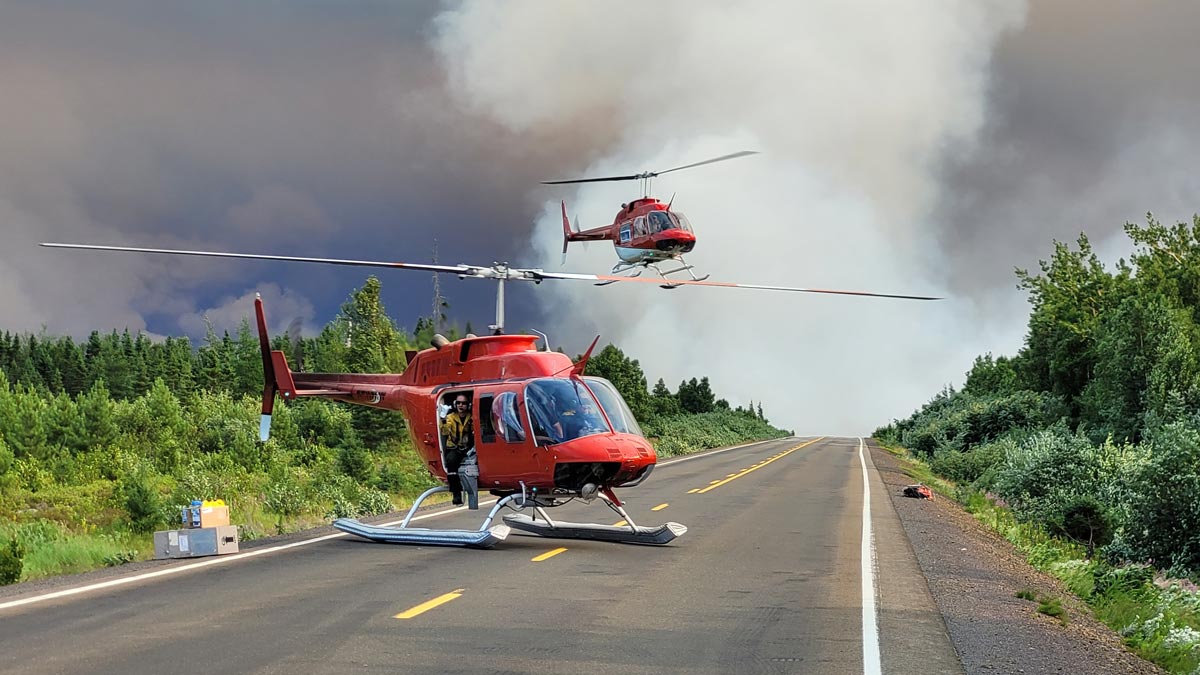
Building partnerships
Cooperation and resource sharing amongst different agencies is critical. It ensures safe and efficient fire management in Canada and across the world.
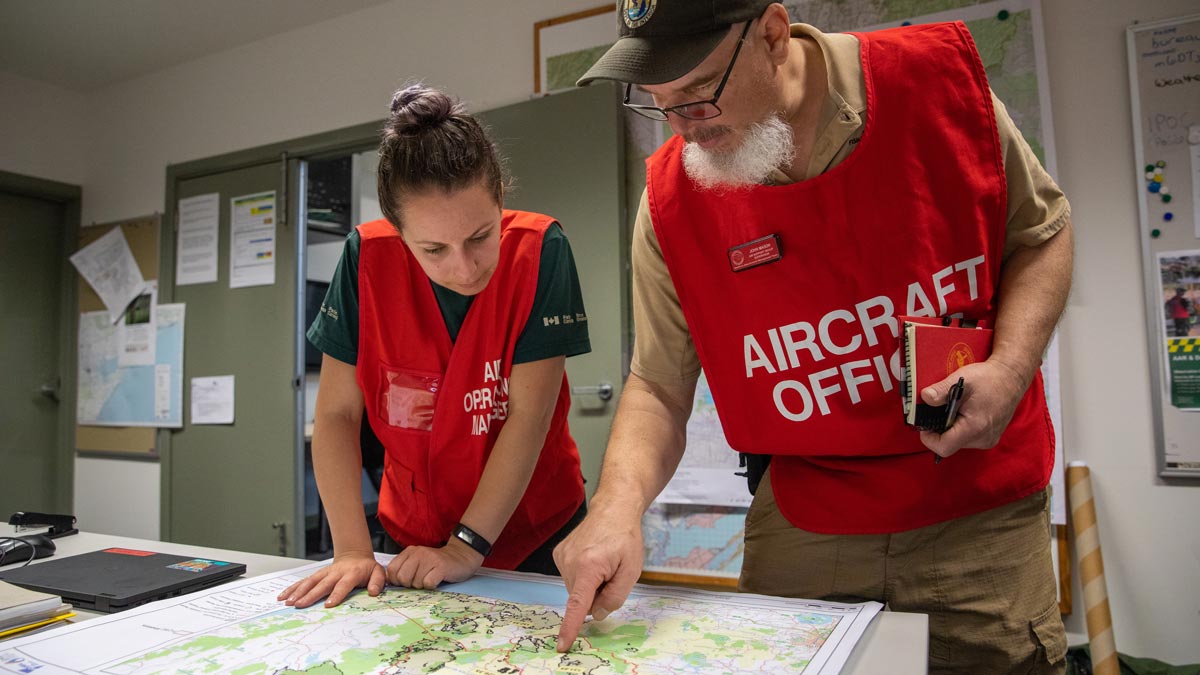
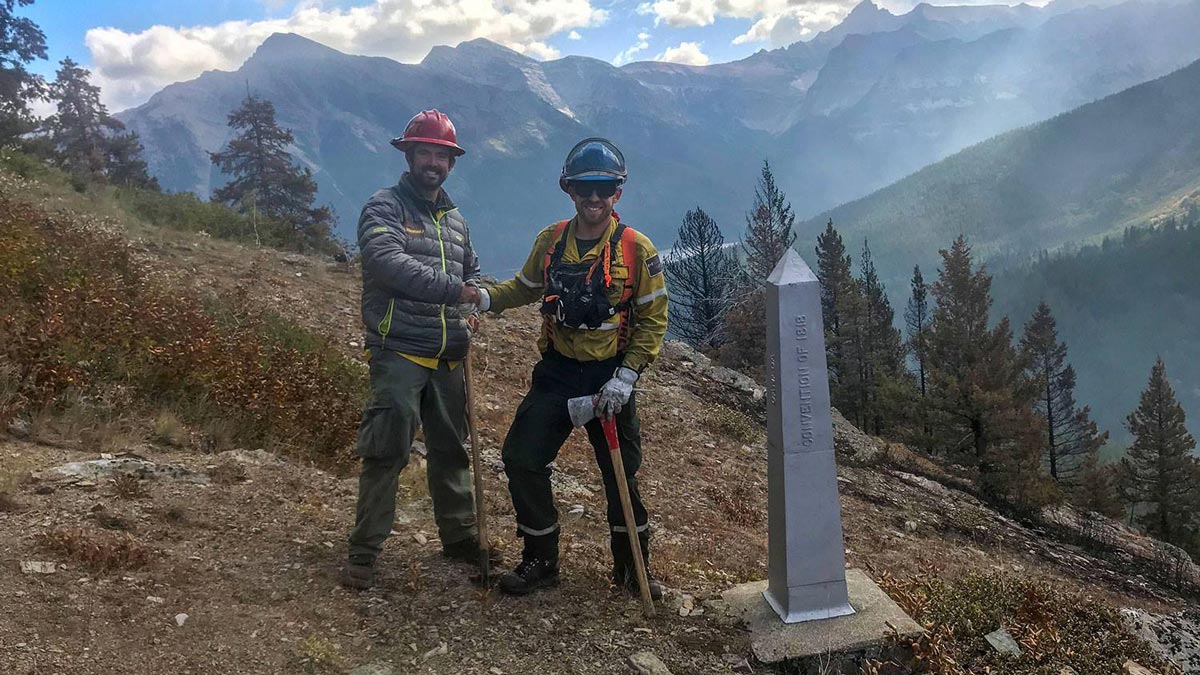
Parks Canada is an active and equal member of the Canadian Interagency Forest Fire Centre (CIFFC). CIFFC coordinates wildland fire information and resource sharing between Canadian and international fire management agencies.
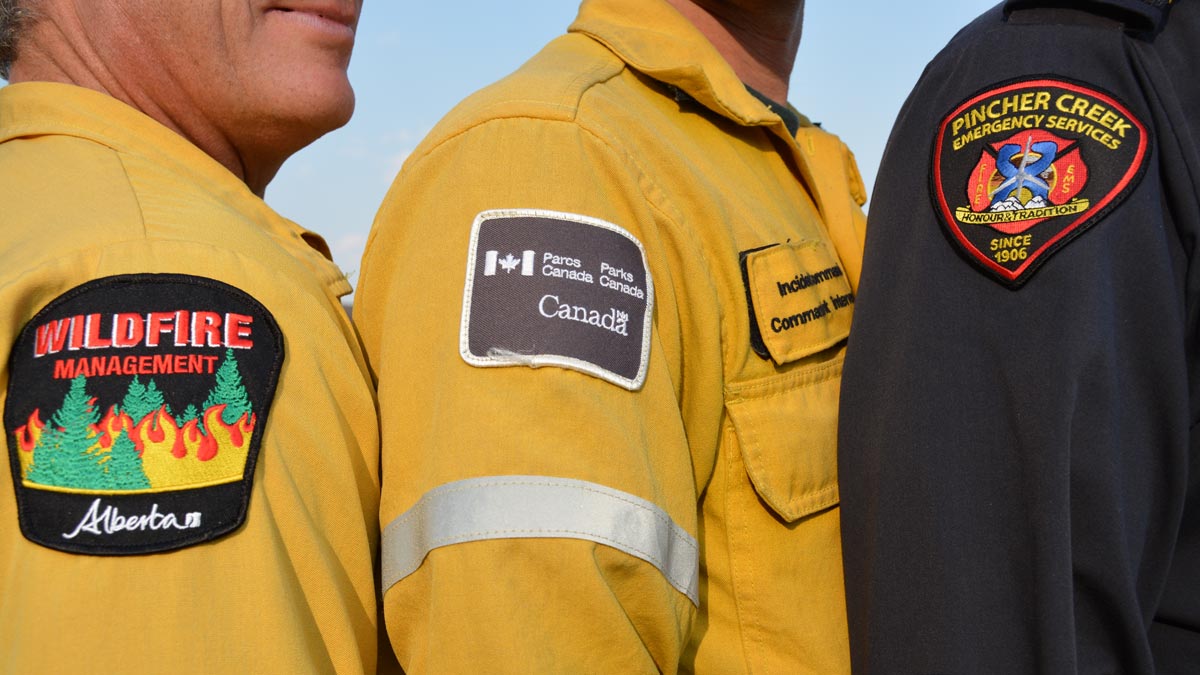
Parks Canada also imports and exports resources, personnel and equipment from/to other Canadian fire management agencies (ex: BC Wildfire, Société de protection des forêts contre le feu, AB Wildfire).
Additionally, Parks Canada works with other Government of Canada departments and levels of government including:
- Public Safety Canada
- Natural Resources Canada
- Provincial and territorial emergency response agencies, municipal and regional governments
- Indigenous governments and communities
In 2024, Parks Canada deployed
387
total personnel
representing
35
different parks or sites
to
12
unique locations across Canada
and
1
international location
Wildfire response zones
Each park is divided into zones. Each zone determines what kind of response is required based off of risk, ecological benefits, and impacts to people.
Red zone Full response
Wildfires require immediate, aggressive initial attack and/or sustained suppression action until the fire is declared out.
Yellow zone Modified response
Wildfires may be allowed to burn within set policy and management guidelines, or may be actioned in such a manner as to bring the wildfire back within those guidelines.
Green zone Monitored response
Wildfires may be observed and assessed to determine the response option required to minimize social disruption and/or significant value and resource impacts while achieving beneficial ecological, economic, or resource management objectives.
Fire danger rating
The fire danger rating is a tool that is used to determine how easy it is to ignite vegetation, how difficult a fire may be to control, and how much a fire may burn.
Low
Under low fire danger conditions, new wildfire starts are unlikely. Any fires burning under these conditions will be of low intensity and will usually self-extinguish.
Moderate
Under moderate fire danger conditions, fires generally spread along the surface of the ground with the occasional tree or clump of trees igniting. Ground crews with conventional firefighting equipment can usually contain these fires.
High
Fires burning under high fire danger conditions can ignite easily, spread quickly and be challenging for ground crews to control.
Very High
Fires ignite easily, spread vigorously with partial to full crown involvement. It will be very difficult for firefighters to control wildfires burning under these conditions. Fire bans may be implemented.
Extreme
Fires will ignite easily, spread furiously, and burn intensely under extreme fire danger conditions. Wildfires burning under these conditions will be very difficult for fire fighters to control. Fire bans may be implemented.
During elevated fire danger, Parks Canada fire crew members work extended hours, are on standby after hours to respond to any fires, and conduct scheduled smoke patrols.
Implementing fire bans
Fire bans are based on the local fire danger, current and forecasted weather conditions, the amount of moisture in vegetation, the regional wildfire situation and the availability of responders and equipment.
There are specific fire behaviour thresholds that indicate when a fire ban should be implemented. Thresholds include a combination of moisture levels in the fuels (branches, grass, logs) and moisture levels in the organic layers (needles, decomposing fuels, and soil). As fuels dry out, more of it is available to burn and the risk of fires taking hold and spreading increases.
A fire ban is implemented to ensure the safety of visitors, residents, and for the protection of park infrastructure.
Fire bans are lifted when conditions permit for it. For more information on fire bans, visit your local parks important bulletins web page.
Climate change and wildfires
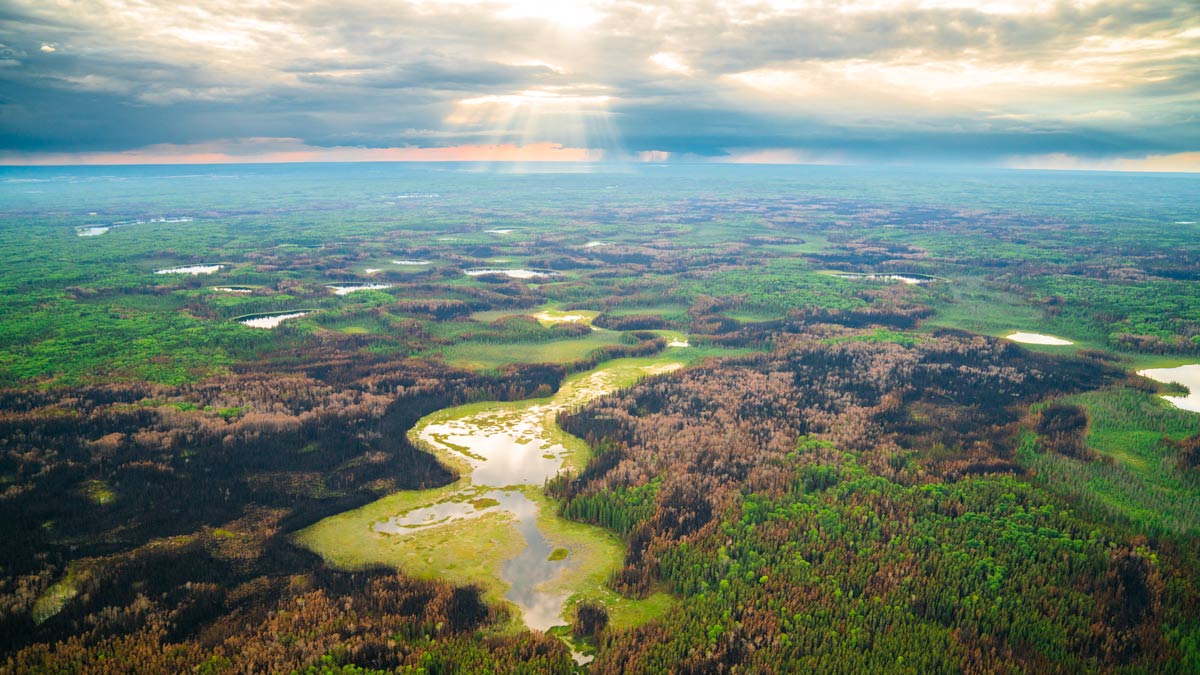
As our climate changes, fire seasons are predicted to become longer. Wildfires may become larger, and burn more severely. This is partly due to expected drought that will create dry, flammable conditions across much of the country. Reintroducing fire can create more diverse landscapes, and improve ecosystem’s ability to adapt to the changing climate. Prescribed fire and wildfire management help accomplish this. Resilient landscapes mean that the forests, grasslands, and other ecosystems can recover and persist - even with the predicted impacts of climate change.
Fire videos
Learn more about Parks Canada fire management with videos from national parks across the country.
